Ukraine’s total death count is also unknown, but President Volodomyr Zelenskyy said this month that 60 to 100 Ukrainian soldiers are dying each day in combat. Ukrainian presidential adviser Mykhaylo Podolyak suggested last week that the number could be even higher, with as many as 200 troops killed a day.
Ukraine has accused Moscow of being unwilling to take back the dead as part of Russian President Vladimir Putin’s effort to conceal the scale of the country’s losses, and the shifting front lines have made it difficult to determine how many dead soldiers have been left behind by either side in enemy-controlled territory. In its first public acknowledgment of a body exchange since the war started, Ukraine said on June 4 that a total of 320 bodies had been swapped on the front line in the Zaporizhia region, with each side getting 160 of their dead.
Once Ukraine has pushed Russian forces back, Summer and the other body collectors move in. They search areas where the fighting was particularly bloody. They follow up on tips from locals about the smell of dead bodies wafting in from nearby fields. They pack shovels into trucks and drive to previously occupied villages to exhume Russian soldiers who had been buried by Ukrainian civilians.
“They’re not people to us anymore,” said a soldier code-named Serhiy, as he helped move bodies from the train car morgue into the semi truck.
A 36-year-old soldier code-named Vadim flicked through the camera roll on his cellphone, showing off an album of photos he’d taken of dead Russians. He ranked his favorite “orcs” — a derogatory label that Ukrainians use to refer to Russian soldiers — depending on how severe their wounds were. “This one is my current favorite,” he said, lingering on a photo of a mangled body lying on the side of a road.
Countries at war are obligated to make every possible effort to search for, record and identify the dead left on the battlefield, according to international convention. Throughout this process, states in conflict are also required to maintain the personal dignity of the enemy’s dead.
“There’s only one rule: Don’t mess with corpses,” Summer said. “We don’t break international law, in life or death.”
Taking photos of the dead for record keeping is standard military practice. But the line between documenting a dead body and celebrating a killing quickly gets blurred under the fog of war.
Vadim said that when he looks at dead Russians, he sees them as war criminals. “All I can think about are victims of their crimes,” he said. The allegations of rape, torture and murder in towns like Bucha have been particularly difficult to grapple with, Vadim said.
Many of the Russians do not have dog tags or documents on them, so the Ukrainians look for tattoos or other markings that could help identify them. Some have been wounded so badly or have been lying in the open for so long that their bodies are unrecognizable.
The Ukrainians soldiers say they search each Russian body for stolen items, often finding jewelry stuffed into pockets. Serhiy said that last month he found a dead soldier who had removed the chest plate in his body armor and replaced it with a stolen laptop.
It is a violation of the Geneva Conventions to despoil dead bodies, but the Ukrainians sometimes take souvenirs from the Russians. Vadim said he was particularly fascinated with an expired gas mask that he had picked off a Russian soldier.
The soldiers in Kharkiv say they have been working on body exchanges since March, and similar efforts to collect bodies have been undertaken in cities like Kyiv, where the Russians abandoned their goal of taking the capital just a few weeks into the war after confronting fierce resistance from the Ukrainian army.
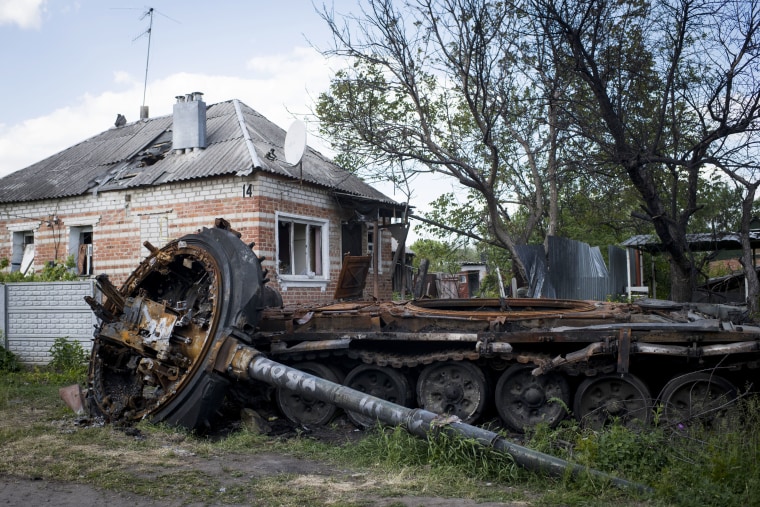
Summer said that sometimes they receive orders to prepare all of the bodies that they have collected for a swap. Other times they are tasked with wading through the piles of bodies in the train car morgue to find a specific soldier to be exchanged, usually someone high up in the Russian military hierarchy.
Ukraine says it has killed approximately 12 Russian generals on the front lines, inflicting an unusually high attrition on Moscow’s top brass.
As the Ukrainian soldiers finished emptying out the bodies at the Kharkiv train car morgue and sent the semitruck on its way to the body exchange, they began to plan where to look for dead bodies next. Vadim said he’d received a tip from a resident in the previously occupied village of Vilhivka about the smell of “Russian meat” drifting in from his backyard. He suggested they head there next.
“Time to fill it back up,” said Vadim, pointing to the now empty train car.

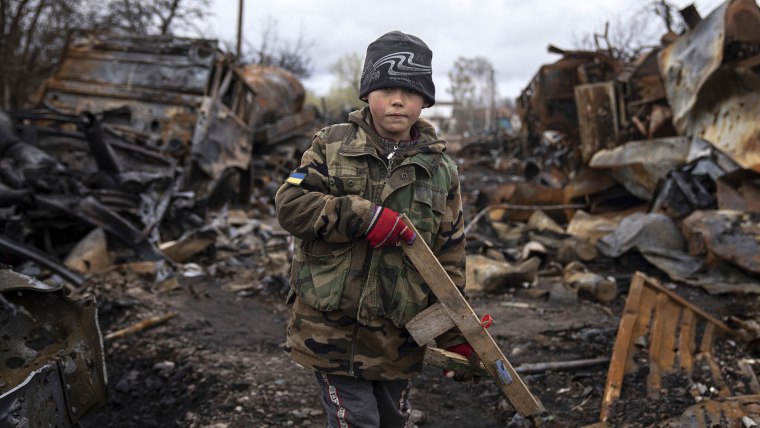
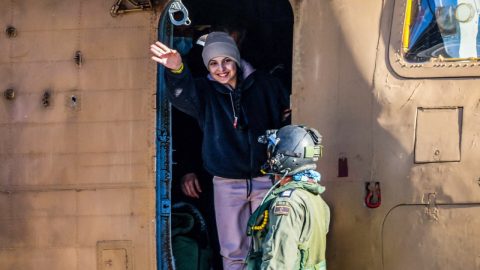
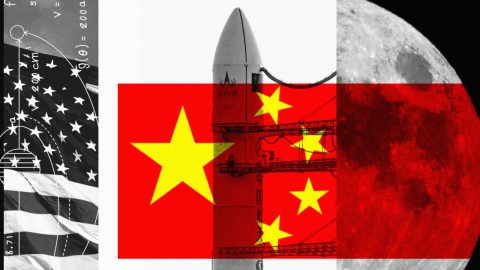
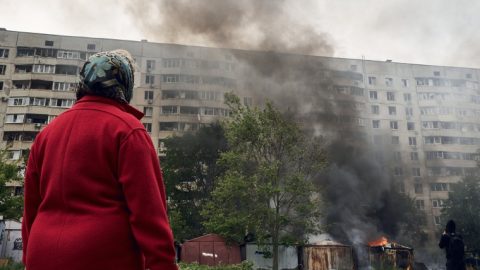
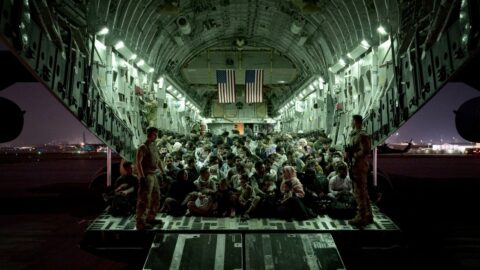
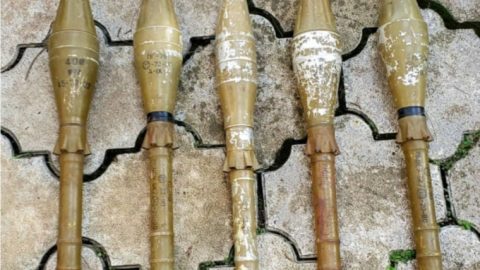

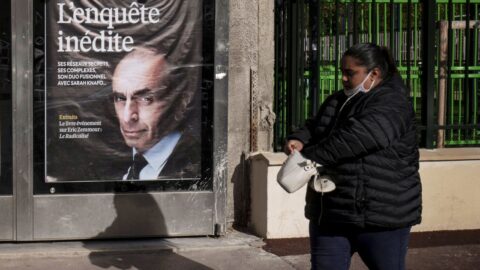
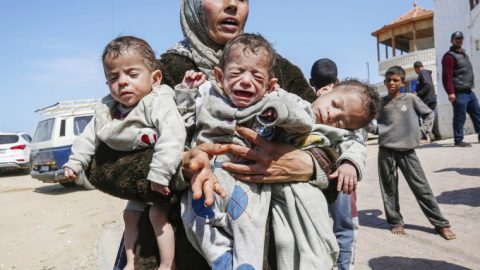
Recent Comments